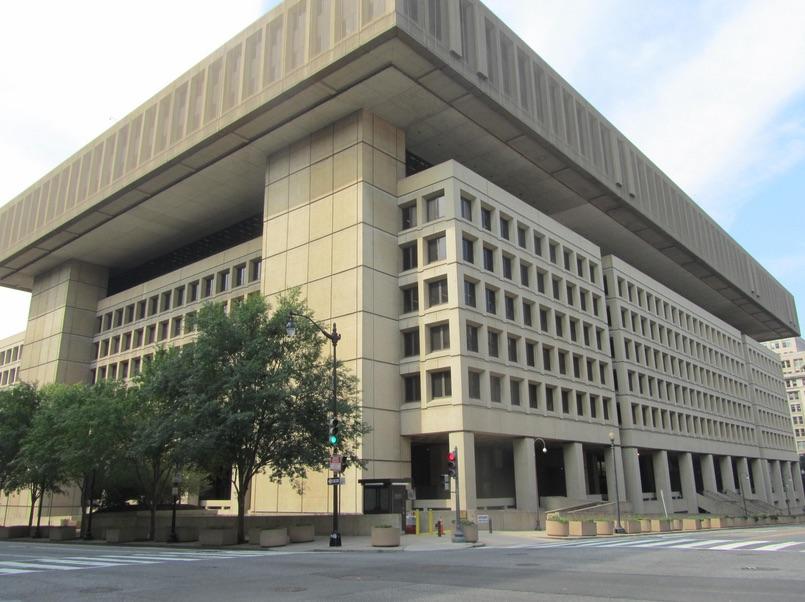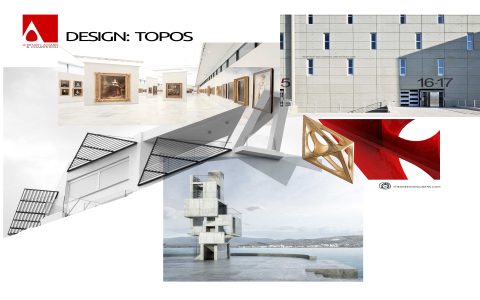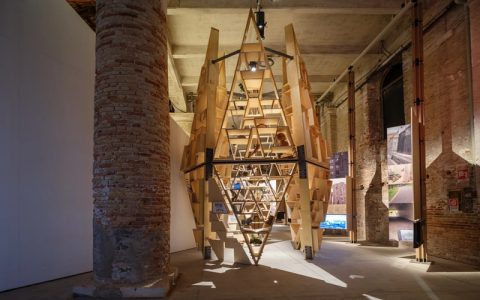Greco Brutalism, a distinct architectural sub-movement within Brutalism, blends the raw materiality and geometric forms of classic Brutalism with overt references to classical Greek architecture. Understanding its key differences from related styles is crucial:
Core Tenets of Greco Brutalism
- Material Primacy: Celebrates raw, unfinished concrete (béton brut), showcasing formwork marks.
- Monumental Scale & Geometry: Employs massive, imposing geometric volumes with heavy, grounded forms.
- Classical Syntaxis: Integrates abstracted Greek elements: stylized columns (often fluted), pediment shapes, entablature bands, or stepped bases.
- Spatial Drama: Creates powerful interior/exterior spatial experiences, often using deep reveals and shadow play.
- Social/Public Focus: Often used for civic, institutional, or university buildings expressing permanence.
Differentiating Greco Brutalism from Related Styles
vs. Standard Brutalism:
- Classical Influence: This is the key divider. Standard Brutalism avoids historical ornamentation, while Greco Brutalism deliberately incorporates stylized Greek motifs.
- Composition: Greco Brutalism often exhibits a stricter, more formal composition akin to temple layouts, whereas standard Brutalism might be more freely composed.
vs. Neoclassicism:

- Materials: Neoclassicism favors refined stone, marble, or plaster; Greco Brutalism champions rough, textured concrete.
- Ornamental Abstraction: Neoclassicism employs literal (though sometimes simplified) columns, capitals, and details. Greco Brutalism abstracts these elements into essential geometric forms integrated into the brutalist massing.
- Honesty: Greco Brutalism's concrete structure is overt and expressive; Neoclassical structure is often concealed behind decorative facades.
vs. International Style:
- Material Expression: International Style prioritizes sleekness (steel, glass, smooth surfaces); Greco Brutalism emphasizes weight and texture in raw concrete.
- Form & Scale: International Style aims for lightweight, minimal volumes and transparency. Greco Brutalism embraces heaviness, solidity, and imposing scale.
- Historical Reference: International Style explicitly rejects historical reference; Greco Brutalism deliberately incorporates classical allusions.
vs. High-Tech Architecture:
- Technology Display: High-Tech celebrates the expression of structure, services, and technology as ornament. Greco Brutalism, while structural, focuses on mass and form, hiding services.
- Materials: High-Tech uses lightweight metals, glass, and advanced components; Greco Brutalism relies on the primal materiality of poured concrete.
- Expression: High-Tech expresses flexibility and precision; Greco Brutalism expresses permanence and monumentality.
vs. Deconstructivism:
- Form Philosophy: Deconstructivism deliberately fragments, distorts, and destabilizes form. Greco Brutalism, despite its rawness, relies on clear, often symmetrical, geometric compositions and classical order.
- Materiality: While both use concrete, Deconstructivism might manipulate it more dynamically or combine it diversely. Greco Brutalism's material use is more monolithic.
In essence, Greco Brutalism stands apart by its unique fusion: the raw power and social ambition of Brutalism married with the abstracted geometry and sense of order derived from ancient Greece. It replaces traditional refined elegance with a powerful, primal monumentality infused with classical references.






